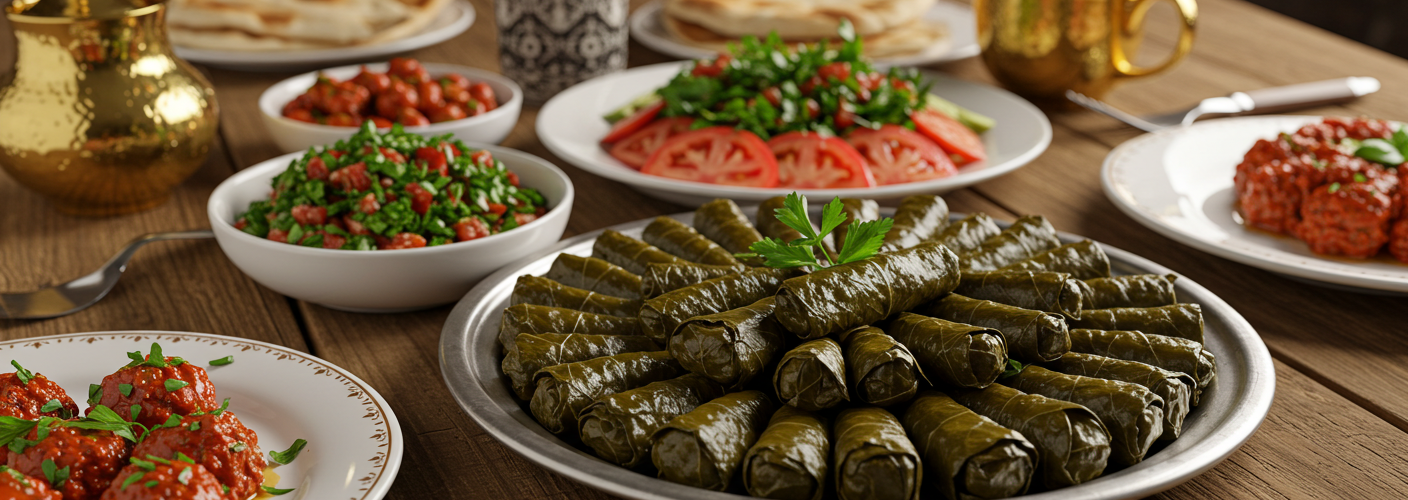Armenia, a country steeped in rich history and culture, offers a myriad of tantalizing dishes that celebrate its culinary heritage. One such dish, deeply cherished by locals and celebrated for its flavors and traditions, is Dolma—stuffed grape leaves. This delightful meal not only showcases the abundance of Armenian agriculture but also reflects the hospitality and warmth of Armenian culture.
Dolma refers to a variety of dishes from the Caucasus and the Middle East, but in Armenia, the term specifically evokes the image of tender grape leaves wrapped around a flavorful filling. The grape leaves used in Dolma can be harvested fresh during the summer months or preserved in jars for year-round enjoyment. This adaptability speaks to the culinary resourcefulness of the Armenian people, who have mastered the art of preserving and enhancing seasonal ingredients.
The filling for Armenian Dolma typically consists of a mixture of rice, ground meat—often lamb or beef—herbs, and spices. The proportions can vary according to family traditions, with many incorporating ingredients like onions, tomatoes, and nuts to add depth to the flavors. Fresh herbs, such as parsley and dill, lend a fragrant note, while spices like cinnamon and allspice introduce a warm, inviting essence. The balance of flavors and textures is crucial, making each bite a harmonious combination of savory goodness.
One of the special features of Dolma is the cooking method. Traditionally, the stuffed grape leaves are layered in a pot, covered with a few lemon slices, and simmered in a broth or diluted tomato sauce. This slow cooking process allows the flavors to meld and intensify, resulting in a delectable dish that is as satisfying to the palate as it is to the soul. The dish is often served warm or at room temperature, making it a perfect addition to any meal or festive gathering.
In Armenia, Dolma is more than just a dish; it embodies a spirit of togetherness and celebration. Cultural gatherings, family events, and holidays often feature Dolma on the table. It is a symbol of love and care, as preparing Dolma can be a communal activity with family members coming together to create this cherished dish. The act of wrapping the grape leaves, while requiring some skill and patience, serves as a bonding experience, as stories and laughter resound in the kitchen.
For those looking to embark on a culinary adventure, making Dolma at home is both rewarding and enjoyable. With the right ingredients and a little practice, anyone can replicate this Armenian classic in their kitchen. Whether served as an appetizer, side dish, or a main course, Dolma invites a taste of Armenian heritage into any meal. Pair it with yogurt or a fresh salad, and you have a nourishing feast that celebrates the essence of Armenia.
In conclusion, Armenia Dolma is a beautiful representation of the Armenian way of life. It is a dish steeped in tradition, bursting with flavor, and capable of bringing people together. Whether you are a fan of Mediterranean cuisine or simply exploring new culinary experiences, trying Dolma is sure to leave a lasting impression and perhaps inspire you to bring a piece of Armenian culture into your own home.




Add comment